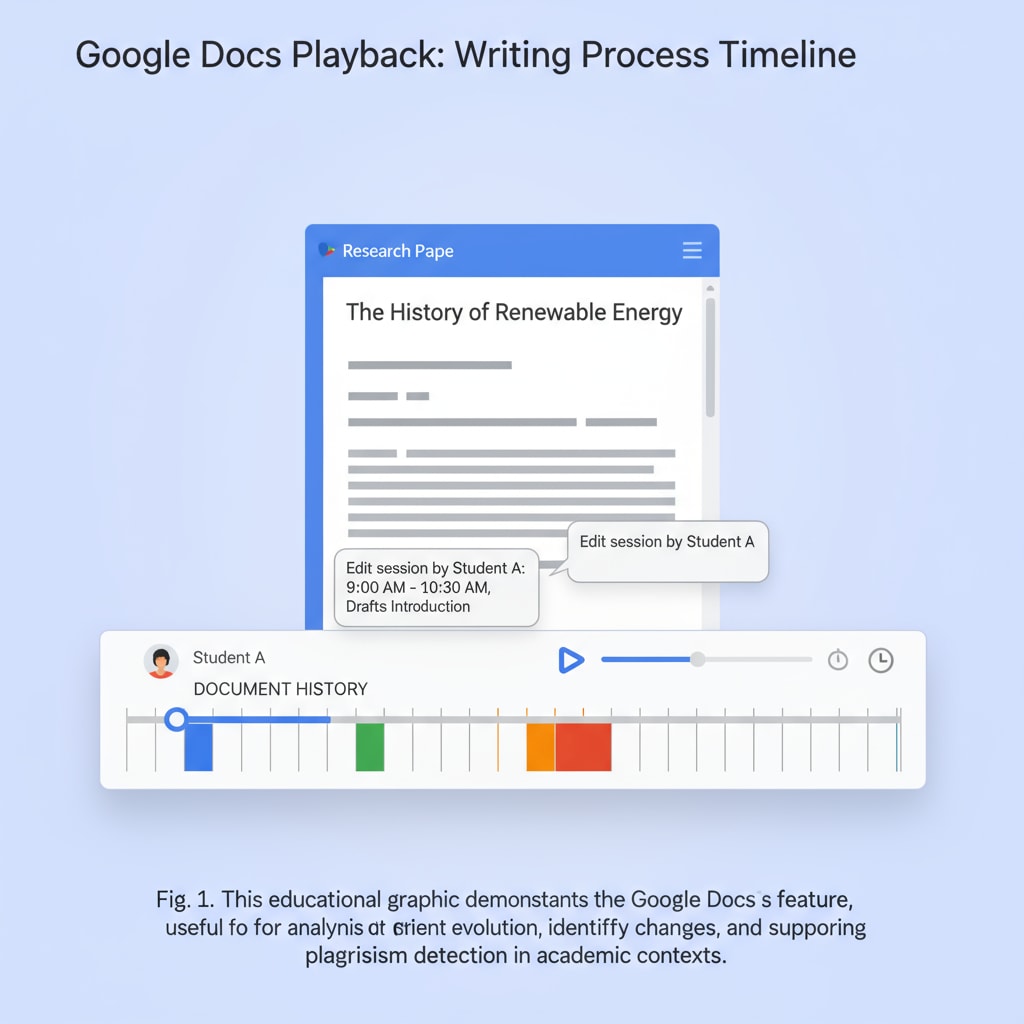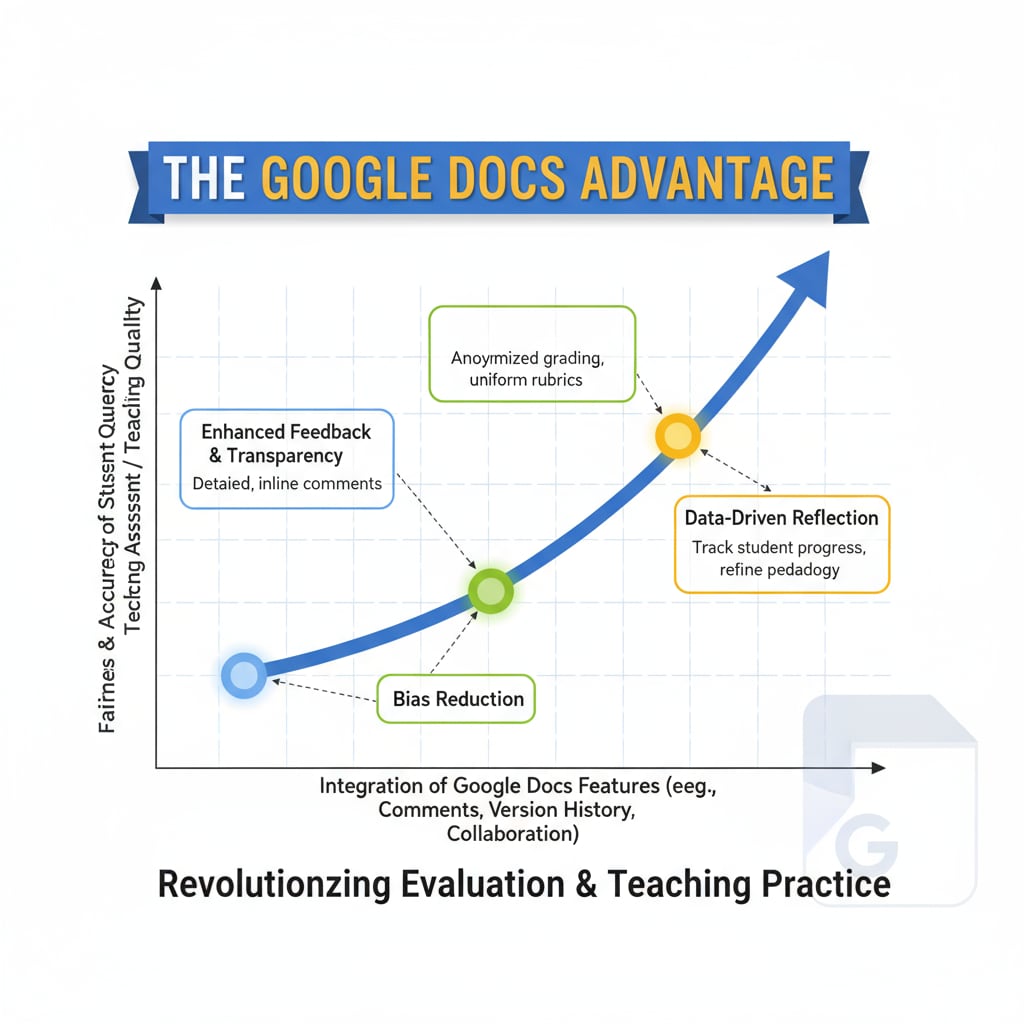Plagiarism detection, student assessment, and teaching reflection have always been crucial aspects of education. In the digital age, educators are turning to various technological tools to gain a deeper understanding of students’ learning processes. One such tool that has made a significant impact is Google Docs. Its unique playback feature has become a powerful resource, uncovering both the dark side of plagiarism and the hidden efforts of students.
The Digital Detective: Uncovering Plagiarism
Google Docs’ playback function allows educators to view the step-by-step creation of a student’s document. This has proven to be a game-changer in plagiarism detection. For example, an educator might notice that a student’s writing suddenly changes in style, or that large portions of text are added all at once, indicating possible copying from other sources. According to Wikipedia’s entry on Plagiarism, plagiarism is a serious academic offense. With Google Docs, educators now have a more accurate way to identify such issues.

Redemption of the Wrongly Accused: Seeing the True Effort
On the flip side, the same feature has also helped in student assessment by revealing the true efforts of students who were previously misjudged. There have been cases where students were suspected of plagiarism due to sudden improvements in their writing. However, through the playback of Google Docs, educators could see the hours of painstaking editing, research, and rewriting that went into the assignment. This has led to a new level of teaching reflection, as educators realize the importance of not rushing to judgment. As Britannica’s article on Education emphasizes, fair assessment is the cornerstone of a good educational system.

The use of Google Docs in this way has far-reaching implications. It forces educators to reevaluate their assessment methods. Instead of relying solely on the final product, they can now consider the entire creative journey of the student. This not only leads to more accurate plagiarism detection but also more just student assessment, which in turn feeds into better teaching reflection. Educators can learn from these insights and adjust their teaching strategies to better support students’ learning and growth.
Readability guidance: The use of Google Docs has clearly shown that in education, we need to adapt to new technologies for better plagiarism detection, student assessment, and teaching reflection. By using tools like this, we can ensure a more equitable and effective learning environment.


